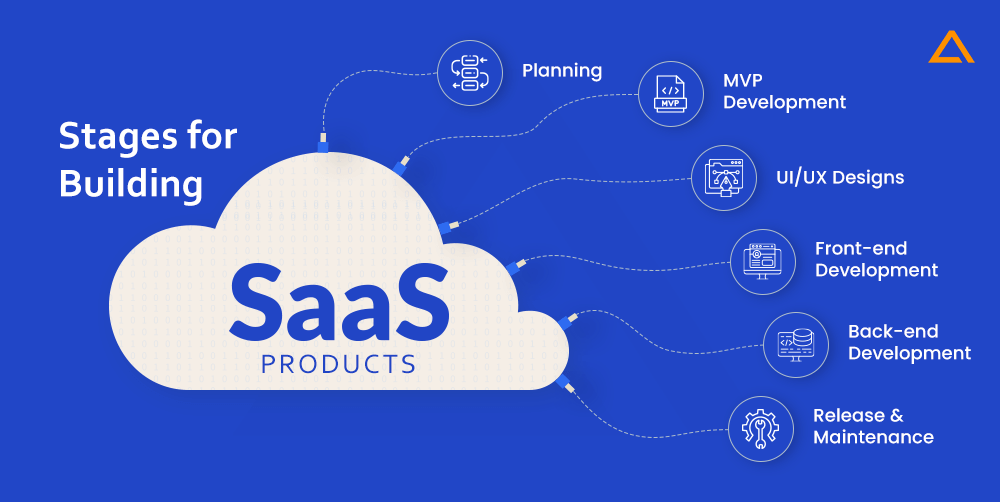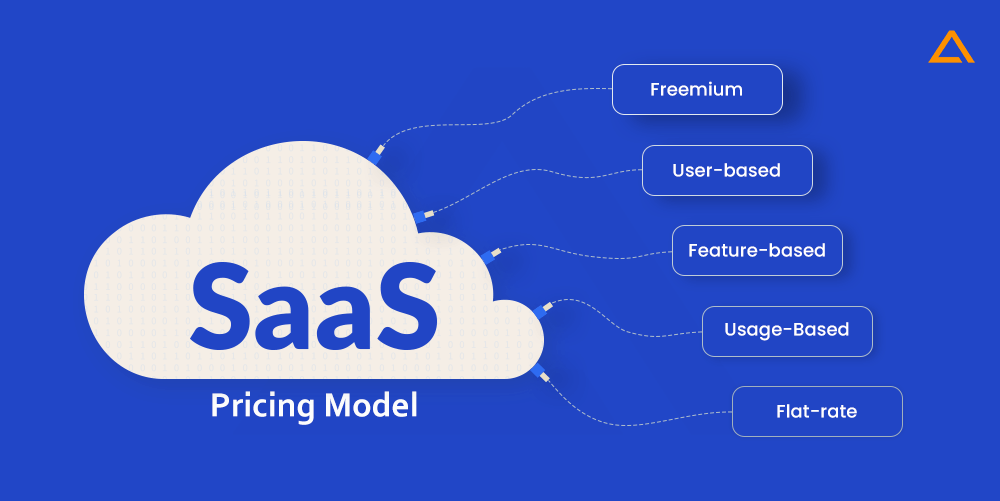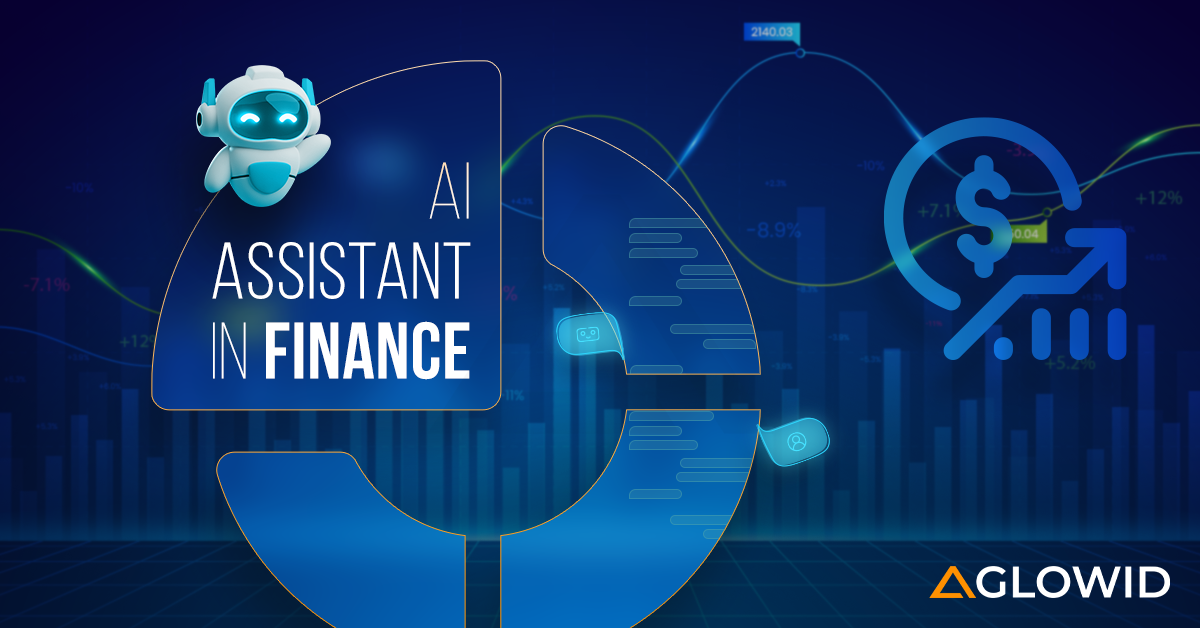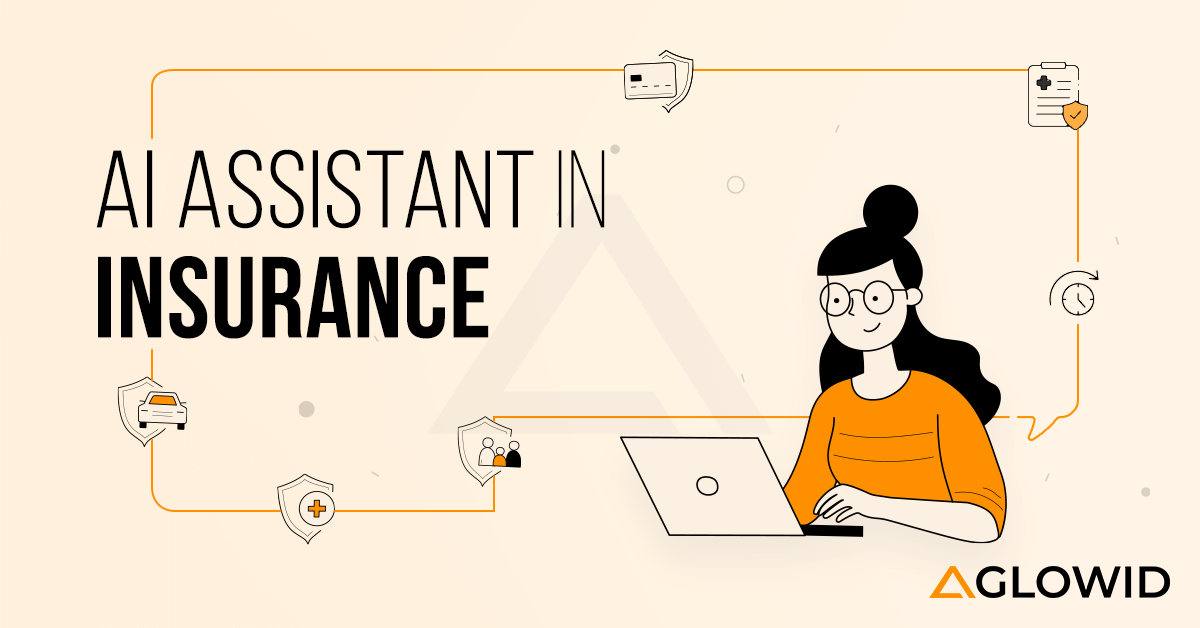Quick Summary:
In the last decade, SaaS applications have transformed the software industry. Developing SaaS products is the most lucrative startup idea now. These products are scalable and don’t require any investment. This blog will shed some light on analyzing SaaS stats and trends and the various challenges and factors affecting SaaS development costs.
Software as a service, also known as SaaS, is cloud-based software that offers handy ready-made software to customers through a mobile app or web browser. Today, there is a lot of demand for top-class SaaS development services.
The demand for SaaS solutions is growing with the launch of the internet. These applications can scale businesses and return and increase their investments in software. With SaaS, the users don’t have to agonize with any software configuration. They can use the software. There are many SaaS apps (DropBox, Amazon Web Services, and Salesforce) that are optimized and updated by several developers.
In this digital era, cloud computing has become a thriving market with approx. $495 billion in 2022. The cloud-based application has become an accepted practice from giant corporations to small shops. Let’s explore why companies all around the globe are interested in building SaaS MVP and the cost of building a SaaS Product.
Of course, there is no single answer, and the price may vary from $1000 to $10,000,000 or maybe beyond. It depends on the features you want to add to your SaaS application and the scale you want to build your app.
So, if you’re an organization following the latest trend in developing SaaS products and are wondering how to build a SaaS Application? But need to know if you’re SaaS budget is enough? Following are some of the questions that should be kept in mind:
- How to Price A SaaS Product?
- What is the average cost of service SaaS?
- What are some of the SaaS pricing examples?
Before we dive into all these questions, let’s look at the Software-as-a-service trends.
SaaS Application Latest Stats & Trends
It’s not easy running a SaaS business, although SaaS offers several benefits over the traditional delivery model. The following stats show why businesses worldwide use SaaS to gain an edge over their competitors.
- According to Statista, organizations worldwide use an average of 110 SaaS applications
- The cloud application market is forecasted to value $168.6 billion by 2025 and has a global cloud application market value of $133.6 billion in 2021, as per Statista
- According to Report linker, the global cloud computing market CAGR (Compound Annual growth rate) is 16.3% between 2021 to 2026
- According to the Deloitte study, 70% of CIOs are attracted to cloud-based SaaS for its Scalability and Agility. To enhance disaster recovery, 38% of businesses are adopting cloud-based systems. To value flexibility, 37% of companies are moving towards a Cloud system
- According to the SWZD report, from the SaaS cost structure, 12% of a business’s SaaS cost is for OS, 10% is for Security Software, and 10% of a SaaS cost is for productivity
Saas Cost Breakdown: Cost Of Building A Saas Product
The cost to develop the SaaS MVP product can be somewhere between <price> to <price>. However, many factors contribute to the final SaaS development costs.
- App Complexity
- Development Stages
- Solution Type
- Developer Type
- Geographic Location

App Complexity
Complexity can be the combination of various functionalities, the user’s role & relationships, functionalities included, and the challenges developers face. When building SaaS applications, features such as access control, data security, various payment integration model, customization, and more should be considered. This can influence the process and timeline of the SaaS application development.
The SaaS products have various complex functionalities and multiple integrations. In the same way, the primary application has basic functionalities and basic integrations. However, it can be possible that single-purpose SaaS products have multiple complex functionalities.
For example, Grammarly helps in spell check & editing with the help of AI & big data analytics in the back end. However, the higher the complexity, it will take longer the development costs, which eventually lead to higher development costs.
SaaS applications can be developed into the following categories:
| Complexity | SaaS fees |
| Small Applications | Freemium – $100 /Month |
| Medium Applications | Freemium – $500 /Month |
| Complex Applications | $10 – $1000 /Month |
Development Stages
A few key stages require time and investment, and development is one of those stages. To estimate SaaS development costs, let’s analyze each level of development along with their approximate prices.
The following are the stages for building SaaS products:
- Planning
- MVP Development
- UI/UX Designs
- Front-end Development
- Back-end Development
- Release & Maintenance

Planning
Before jumping into the development processes or even assembling a team, you need to streamline the vision of the product & validate its concept. You must be clear about what your product does. Who are your competitors? Who is your target audience?
In this phase, the more research you do, the more elaborated your Report will help you make an appropriate strategy. Planning is more practice-oriented validation, where you decide the scope of your project, possible security protocols, and a pricing model. When you build a SaaS product, there are several ways of monetization: monthly/yearly subscription, usage-based pricing, or freemium.
| Development Stage | Estimated Timeline | Average Hourly-Rate | Average Cost |
| Planning & Validation | 1 Day – 8 Weeks | $20 – $150 | $100 – $1000 |
So while conducting planning and validation with the help of a BA analyst, you’ll get the following results:
- A Technical Specification
- Wireframes
- Detailed Development Plan
- MVP development Plan
MVP Development
The best way to test your idea is to use it. It can be difficult and expensive to develop a fully functional SaaS product, but you can develop a fully functional MVP. The MVP will help you check how your target audience responds to your product. For developing a successful MVP product, you need specialists because although MVP is not the final product, it plays a crucial role in interacting with and analyzing your target audience.
It is essential to keep in mind that the critical feature of an MVP is that it satisfies the needs of thousands of people at once and allows them to customize the product according to their unique requirements. An average team at this stage includes a UI/UX designer, front-end and backend developers, and a QA engineer. Moreover, it is advised to include the Project Manager, who has worked with such talents and has experience handling such projects.
| Development Stage | Estimated Timeline | Average Hourly-Rate | Average Cost |
| MVP Development | 1 Week – 4 Months | $20 – $150 | $500 – $10000 |
UI/UX Designers
Applications UI/UX is the first thing users interact with your project. It is a core stage of your SaaS product development. UX is one of the essential parts of development as it is meant to create all conditions for the users and meet all their needs. The UI & UX in your SaaS solution should be intuitive and reflect the peculiarities of your target industry. The easier the navigation, the more user-friendly experience is.
| Development Stage | Estimated Timeline | Average Hourly-Rate | Average Cost |
| UI/UX Development | $1Week – 2 Month | $20 – $150 | $100 – $10000 |
Also Read : IaaS Vs PaaS Vs SaaS
Front-End Development
The correct tech stack must be chosen when all the features and capabilities have been laid out because it will facilitate development while providing a range of suitable possibilities for your needs.
SaaS front-end development expenses are difficult to predict because they depend on many variables. Always bear in mind all of the essential components of your SaaS applications when making decisions to act appropriately.
Hiring an internal developer will cost more if you have a limited budget. In addition, to hire offshore development center is a cost-effective alternative to hiring freelancers from abroad. However, keep in mind the quality of the work as well. Don’t just concentrate on the economic potential.
Backend Development
The complex backend SaaS application requires more functionalities that will make it expensive. You should reserve this option for truly exceptional cases. There is another way through which you can provide it is via API. It would help if you kept in mind that you must complete the backend development by any means. It is necessary to develop data structure and security. Back-end development generally includes push notifications, file management, and more.
| Features Implemented | Estimated time | Average Hourly Rate | Average cost |
| File management | 1 Week – 10 Weeks | $20 – $200 | $100 – $10000 |
| Database Integration | 1 Week | $20 – $200 | $100 – $5000 |
| Push Notification | 2 Days | $20 – $200 | $50 – $500 |
| API Integration | 1 Week – 5 Months | $20 – $200 | $100 – $50000 |
Testing
Test estimation comprises efforts contributed by the Test Manager or Test Engineers for the complete testing of your product. The cost estimation for testing the product is broken down by work using the fundamental process that includes identifying various stages, activities, and tasks required. The set of tasks to be performed are as follows:
- Planning & controlling the test executions
- Design & Analysis of various scenarios
- Implementation & execution of various test cases
- Evaluation of criteria
- Test the closure & Final Sign-off
Maintenance & Deployment
Once your SaaS application is developed and launched, your task continues. Any SaaS product is set to work for a while and will deal with sensitive data at some point. Making your SaaS product secure requires constant updates, fixing bugs, and upgrading your application’s functionalities to meet customer’s unique requirements.
To set foot in the industry, you need a good QA team, a project manager, and a good development team. Additionally, it would help if you worked on professional campaigns & marketing strategies with investment. With this, you’ll also need to keep legal licensing, subscriptions, and more per your product.
| Development Stage | Estimated Timeline | Average Hourly-Rate | Average Cost |
| Deployment & Maintenance | 1 Day – 1 Week | $15 – $150 | $100 – $1000 |
Solution Type
What category your application falls under is crucial information to have. Depending on the functionality you wish to add to the program, different features will cost different amounts. Others have basic capabilities that developers can add in a short time, while some SaaS products need a lot of work. Therefore, the cost calculations are as listed below, depending on the type of SaaS solutions:
| Types of SaaS Solutions | Approx. MVP Price | Example |
| Accounting | $1000 – $20000 | QuickBooks |
| Email Marketing | $100 – $1000 | Mail Chimp |
| ERP | $5000 – $50000 | NetSuite |
| Project Management | $1000 – $10000 | Confluence |
| CMS & E-Commerce | $1000 – $50000 | HubSpot |
| HRM Solutions | $10000 – $100000 | Oracle Fusion Cloud HCM |
| Communication Platform | $100 – $10000 | Microsoft Teams |
| Payment Gateways | $1000 – $100000 | Braintree |
Developer Type
The kind of developer you select significantly impacts how much it costs to build a SaaS platform. For instance, if you are in the UK, which has a sizable economy, employing a local firm may be expensive for SaaS startups. In South Asian countries like India, you can find cost-effective prices with quality work. In addition, employing internally is not an option for SaaS firms because their budgets are frequently limited. As a cost-effective alternative, you can use independent contractors with experience in particular fields like design, development, operations, etc. Depending on these factors, the price of creating a SaaS application varies:
Geographic Location
The geographic location of the project development also plays a vital role in deciding the overall SaaS operating expenses. However, the process varies across regions and continents significantly. For example, the cost in the United States may vary from that of the UK or Canada. So, let’s look at the breakdown of development rate per various geographical regions:
| Geographical Location | Average Costs |
| USA | $80 |
| UK | $90 |
| Europe | $60 |
| India | $40 |
| Vietnam | $40 |
| Australia | $70 |
Now that we have cleared the SaaS operating expenses. Let’s look at the factors that are affecting SaaS development.
Release & Maintenance
The primary distinction between your SaaS system and a standard product is that cloud solutions, which are a software as a service, require ongoing maintenance and upgrades. Additionally, it implies that the software must function faultlessly without hiccups.
At each iteration of the code, coders thoroughly examine and test the code for efficiency, scalability, integration, security, etc. There is much to perform before a SaaS product is deployed because split-run testing is required for all SaaS products.
The cost of regular maintenance, bug patching, and any other concerns that may come to mind must be factored in after your application is deployed. Keep the release and maintenance costs in mind when calculating the total project development costs.
| Development Stage | Estimated Timeline | Average Hourly-Rate | Average Cost |
| Maintenance & Upgrades | Continuous Work | $20 – $200 | Depends |
Factors Affecting SaaS Development
The process of creating a SaaS app is complex. On your journey, you can run against certain obstacles. To design a software-as-service application, you must weigh the advantages and disadvantages.
Following are some of the factors affecting the SaaS software development costs:
- Scope of App
- Application Features
- API Integration
- Platform Selection
- Business Logic
- Application Architecture
- Hidden Charges

Scope of Application
If you’re uncertain how much it costs to build a SaaS platform, this is the first thing you need to be particular about. To design a platform or a tool, you must be sure of your goals. The functionalities, target audience, and basics of these many software-as-a-service models vary in addition to the fundamentals.
Both the price and the length of time needed to produce SaaS products are impacted by it. The distinction between a tool and performance must be understood to make the best choice possible.
When referring to SaaS tools, it should be noted that they are intended to serve a single purpose and cannot be applied to various tasks. The SaaS product is designed to manage many crucial tasks and has a more constrained scope. Developed to manage social media accounts, Buffer is a well-known SaaS service.
The SaaS platform, however, uses a more excellent range of tools and offers a broader range of features. It also reaches a wider audience and has additional objectives. As a result, it is crucial to have a specified scope for SaaS applications.
Also Read : Why Laravel and SaaS go hand in hand perfectly?
Application Features
Depending on the purpose of your business, your SaaS app will require different functionalities. If the tool is straightforward and concentrated on a single subject, starting the project with just the essentials will be sufficient. However, more advanced platforms with more comprehensive applications may require implementing some additional features. Focusing on core features while creating an MVP is what you do when a project first starts. You can then develop a full-fledged product after receiving consumer validation. Consequently, the price fluctuates in both stages depending on the characteristics’ quantity, nature, and complexity. The following list a few essential features that practically all SaaS applications must have.
- Role-based access management
- Billing & Account management
- Robust Security
- Analytical Tools
API Integrations
APIs, or application programming interfaces, allow for communication between different apps. When you need the information, the data is transferred to an Internet server and then returned. In contrast, your backend system provides the ability to process data independently.
So, two options are available: integrating APIs or creating custom backend code. To interact with the data, any software-as-a-service requires a few backend operations. For example, most SaaS companies opt to use APIs to integrate their payment service with widely used services like PayPal or Braintree.
Even though you may need to pay some maintenance fees, choosing APIs can help you save money. Additionally, it enables skipping some app development steps. Furthermore, integrating APIs significantly increases your chances of growing your business.
Selecting Platform
You can select the platform for SaaS development as any other web development. For example, Since most of their clients use desktops or laptops, B2B companies must create a web application. B2C businesses, on the other hand, are more likely to use mobile applications since they anticipate their clients using smartphones to access the product. A SaaS product’s price can change due to UI/UX changes even when the content is unchanged.
Business Logic
It consists of the procedures necessary for the SaaS application to operate. The goal of the app and the expected result that satisfies the demands of the target audience are also included. Finally, it serves as the foundation for deciding the features and functionalities of the product.
Business logic contains:
- Tech stack for Front-end & Back-end
- The complexity of SaaS solutions
- Number of Team Members
- Various external integrations
- Application Size
Application Architecture
SaaS applications architecture involves how different entities are arranged and interact with one another following business and technical needs. Specific key architectural characteristics affect how much something costs.
- Scalability
- Number of API integrations
- Multi-tenancy
Hidden Charges
When choosing the ballpark SaaS fees, it’s essential to be aware of any additional fees that can apply. As a startup entrepreneur, you are not immediately confronted by these overhead charges. Still, they are crucial to the continued survival of your application and its ability to remain relevant in the target market.
- Legal Compliances
- Marketing
- Maintenance
- Updates
- Customer Support
- Server Costs
SaaS App Monetization Strategies
While companies are creating monetization plans for SaaS applications. Businesses should prepare ahead of time by asking themselves strategic questions. Ensure that their approach and tooling meet both present and future requirements. The various monetization techniques used by different SaaS products are briefly described below:

Freemium SaaS Cost
The most typical subscription model is where a user receives a free basic version of the software and later pays for more advanced features and components. Spotify, Trello, WordPress, and MailChimp all employ this strategy.
User-based SaaS Cost
Canva uses this enterprise SaaS pricing model. In this model, if your team has more employees, you’ll have to pay more accordingly.
Feature-based SaaS Cost
This enterprise SaaS pricing model is used when the user pays for a particular set of features. PandaDoc uses this feature. This model may also include Standard, premium, and sometimes enterprise packages.
Usage-Based SaaS Cost
In this kind of enterprise, the SaaS pricing model depends on how much the user gets from the product and how much the user is willing to pay. For example, the number of maximum API requests or the amount of data it allows to store on Amazon Web Services.
Flat-rate Pricing
Last but not least is the Flat-rate pricing model. In this model, the user gets to pay for full access to the product for some time, which can be monthly or yearly.
Customer surveys and market research will help you decide which model best meets your needs. As a result, you’ll be able to see the general state of the market.
How to Cut the Cost of Building a SaaS Product?
SaaS products can be costly to develop, but specific strategies can help you reduce the cost of developing SaaS applications. It is not worth sacrificing the application’s core features while considering ways to reduce the cost of building SaaS products. Let’s look at the strategies that can help you reduce the cost of developing SaaS products.
Optimizing Team
The two main methods are you can develop the software in-house or through outsourcing. Having your staff on the project is fantastic, but only some businesses can afford it. It can result from the constrained spending plan or the impending deadlines. The in-house staff should only be used in exceptional circumstances, even though it is excellent. Choosing to outsource is a viable alternative to this. You can save a sizable percentage of your budget by hiring engineers from nations with lower hourly wages.
Using Usage charged model
Utilizing usage-based cloud resources like Google Cloud or AWS is another way to reduce costs. Thus, spending a small amount on server maintenance will be optional. The secret to success and cost savings is a well-thought-out project strategy, whether working with your in-house team or trying to outsource. Knowing the project’s scope, functional requirements, and primary goals and having a rough design idea will help you save time and money.
Hiring QA
Hire competent QA engineers as a final piece of advice. Software as a service design and development costs that may have been avoided include bugs and annoyances that occur without an expert. Our experience dramatically influences success by including QA experts in the development process.
Conclusion
So How much does it cost to develop a SaaS Application? As you can see, there is no specific answer to that. The exact price of SaaS products depends on the features you want to include, the tech stack you’re using, the chosen platform, and more. This blog will help you get a clear picture of what factors play an important role and how you can reduce the cost of SaaS products. This will make it much simpler for you to figure out the costs associated with SaaS development and help you make an informed decision while planning for building SaaS MVP.
have a unique app Idea?
Hire Certified Developers To Build Robust Feature, Rich App And Websites
Also Check:





 Say
Say